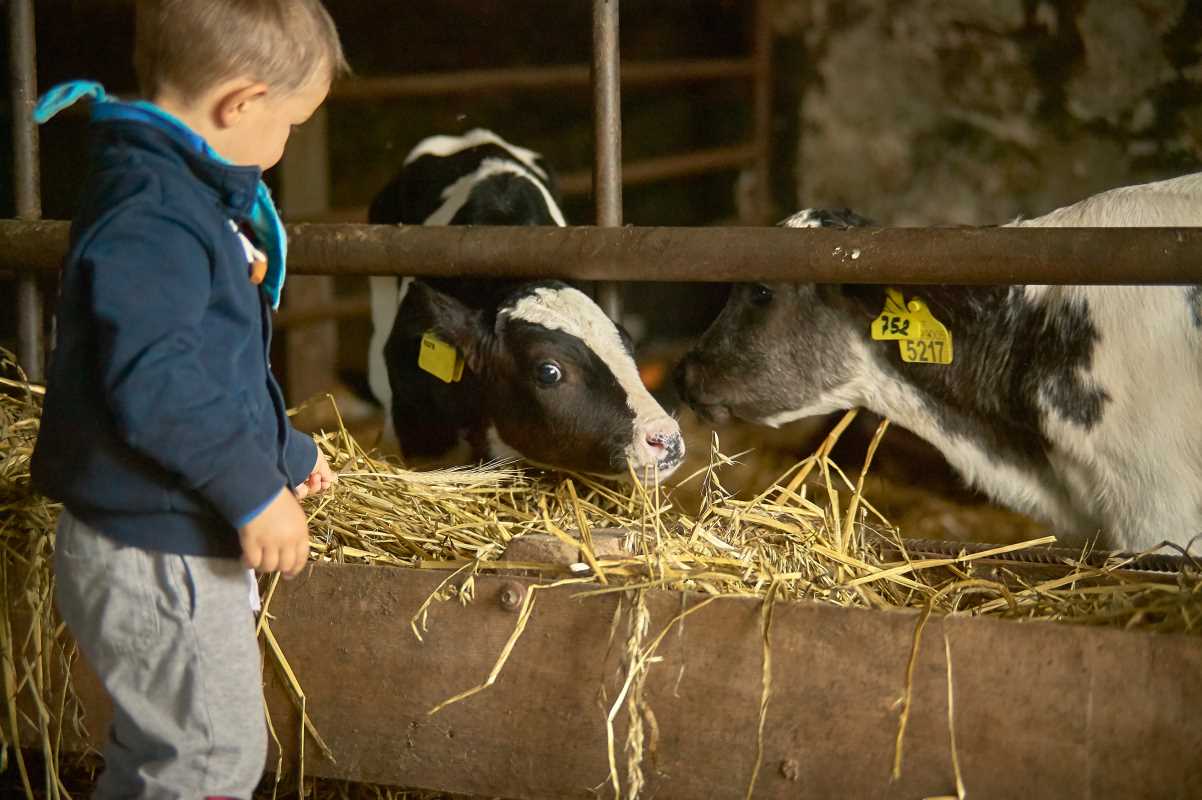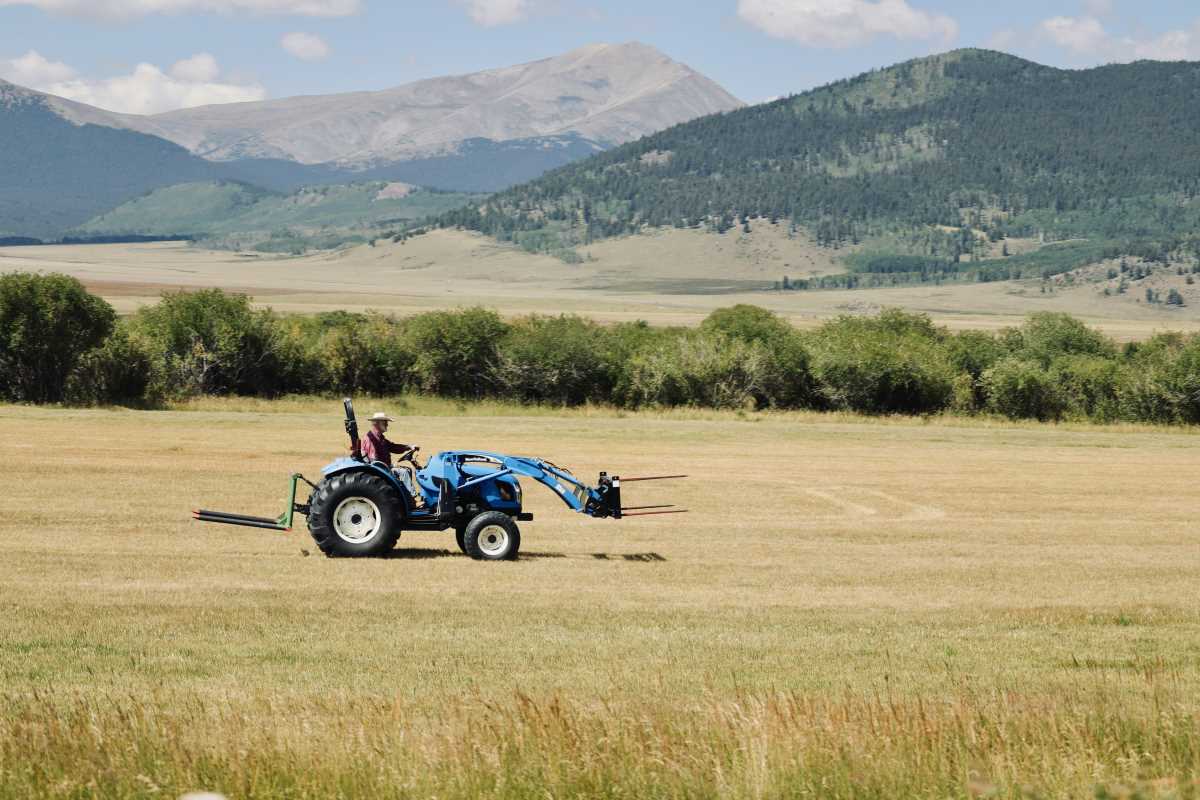Many agricultural families face unique challenges when it comes to managing finances and planning for the future. This guide provides practical, easy-to-apply methods for anyone looking to strengthen their money management skills and safeguard their farm or ranch operations against surprises. Readers will find step-by-step approaches for tracking expenses, setting realistic goals, and building healthy financial habits that support long-term stability. The information also points to specialized resources designed for those working the land, ensuring that each recommendation fits the specific realities of rural life. With these tools, households can make informed decisions and create a more secure future.
Understanding Financial Basics
Every successful operation begins with a firm grasp of how money flows. Start by listing income streams—crop sales, livestock, agritourism—and match them to recurring expenses like feed, seed, equipment repairs, and utilities. Recording this in a simple spreadsheet brings clarity to cash dynamics.
Next, become familiar with core terms. For example, “net worth” equals total assets minus liabilities. Think of it as a snapshot of overall financial health. Check this figure annually to identify trends early and set realistic targets.
Creating a Farm Budget
Building a budget breaks down overwhelming costs into manageable parts. Follow these steps to draft a working budget:
- List all fixed costs: mortgage or land lease, insurance premiums, annual taxes.
- Note variable costs: seed, fertilizer, feed, veterinary services.
- Estimate seasonal income peaks and valleys based on past yields.
- Allocate contingency funds for sudden repairs or market drops.
- Review monthly to adjust numbers when prices change.
This approach anchors spending decisions. When you know exactly how much each input costs, you can negotiate better deals, shop around, or switch to more cost-effective suppliers without risking your output.
Building a Savings and Investment Plan
Set aside money and choose the right investment vehicles to build security. Use this numbered checklist to set up a plan:
- Open a high-yield savings account dedicated solely to reserve funds.
- Establish an emergency fund covering at least three months of basic expenses.
- Research low-cost index funds for long-term growth suited to rural incomes.
- Consider setting up an individual retirement account (IRA) geared toward self-employed taxpayers.
- Schedule automatic transfers each pay cycle to avoid missing deposits.
Automate contributions to eliminate the temptation to spend and keep your goals on track. Over time, compound interest and disciplined investing can expand your operational runway and help you pay off debt faster.
Workshops and Online Learning
Workshops, farm co-ops, and local extension offices offer targeted sessions that break down complex topics into bite-sized modules. In these settings, you learn by doing—tracking expenses on sample ledgers or practicing price negotiations with peers. That hands-on experience builds confidence faster than reading dry manuals.
Many organizations now provide online guides and webinars tailored to small-scale producers. This setup allows you to access expert advice from home, using mobile devices or community computers. Keep an eye on seasonal calendars to catch registration deadlines and grant opportunities.
Implementing Risk Management Strategies
Rural operations face specific hazards: weather swings, feed shortages, equipment breakdowns, and market shifts. You can reduce exposure by diversifying income streams. Add value through on-farm processing or host seasonal tours that bring visitors in for direct sales. This strategy cushions against poor harvest years.
Insurance plays a key role. Crop insurance, livestock coverage, and liability policies safeguard assets if storms or health incidents occur. Shop around for bundled packages to lower premiums. Finally, involve family members in disaster drills—practice scenarios where you relocate assets or access emergency savings quickly.
Track cash flows, set clear goals, and respond quickly to unexpected events. Using automated savings and spreading risk helps you build financial confidence and achieve greater stability.







